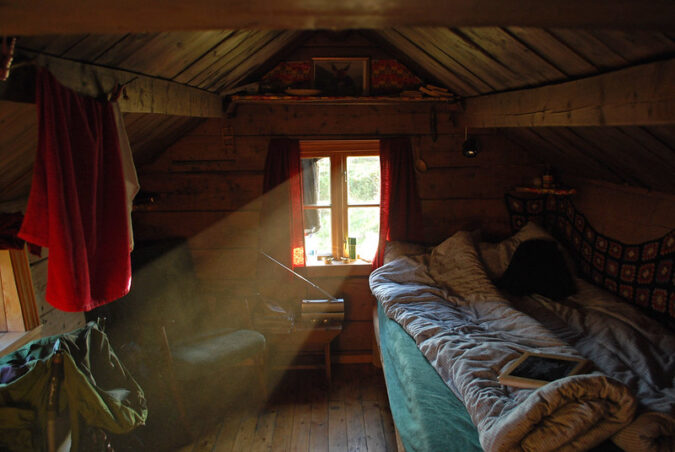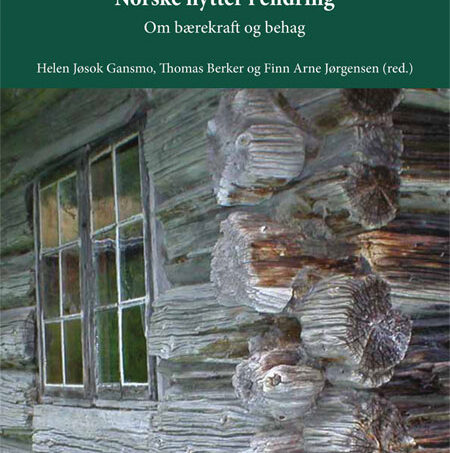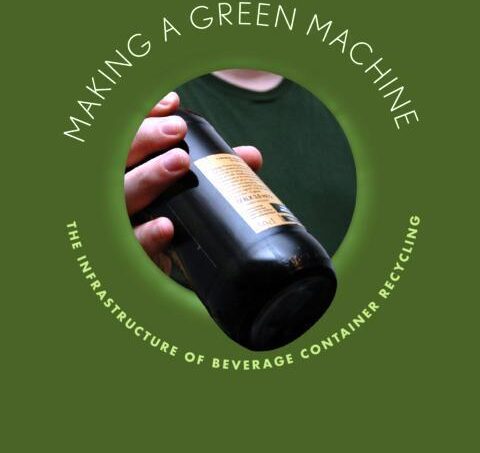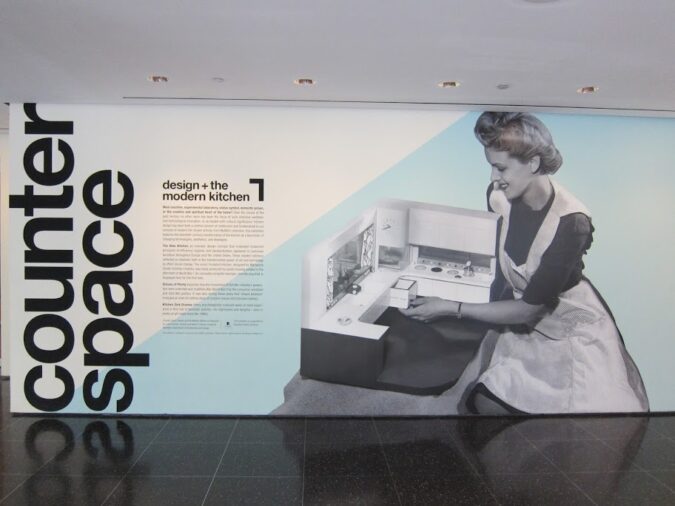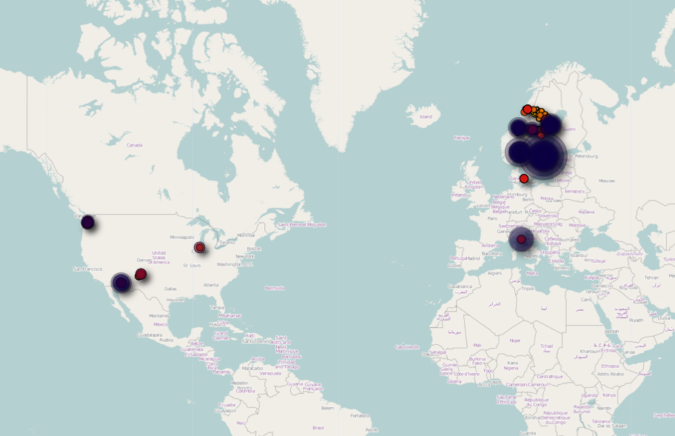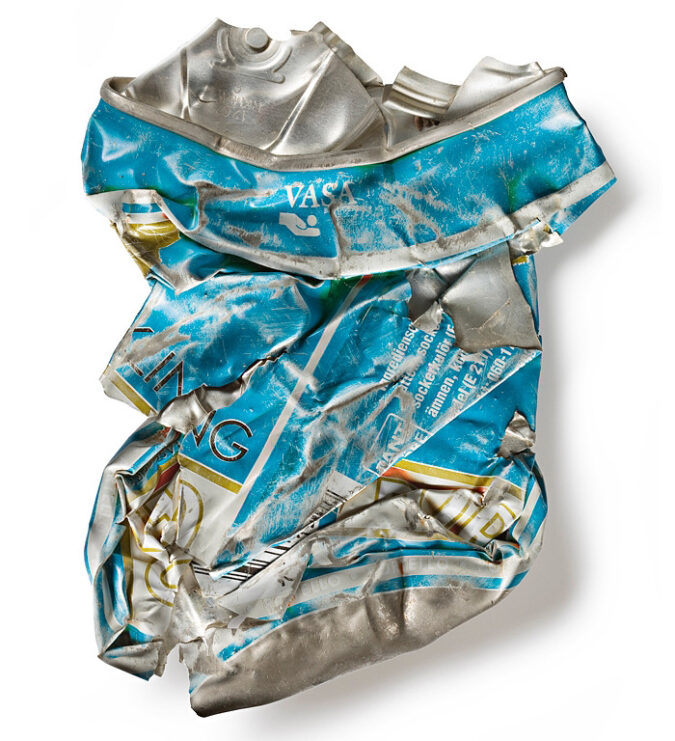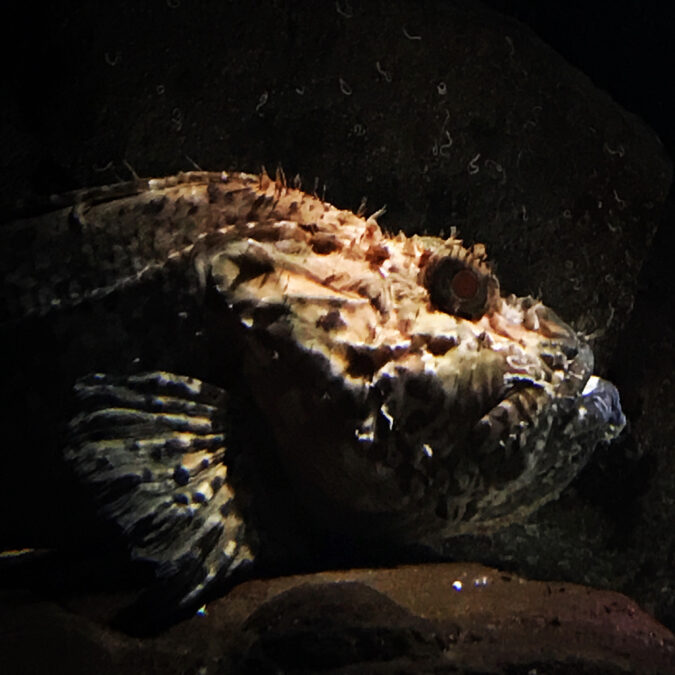Norrlandssommaren går mot sitt slut och svenskarna återvänder från sommarstugan för att börja jobba igen – utvilade, men lite ledsna över återgången till vardagen. Jag har fulgt sommarstugatraditionen med stort intresse ända sen jag flyttade till Umeå 2010. ”Få ting är mera svenskt än fritidshuset”, skriver Johan Tell om torpet, sommarstugan och sportstugan i sin bok Älskade fritidshus. Och få ting är mera norskt än hytta kan jag tillfoga. En av sex norska familjer äger en hytte och en av fem byggnader i Norge är en fritidsbostad. De senaste åren har jag ägnat min forskning åt den norska hyttans historia. Den norska hyttan och den svenska stugan har många likheter men olikheterna är också tydliga. Både det norska och det svenska fritidshuset är mycket nostalgiskt, i synnerhet visuellt. I Norge finns en tendens att efterlikna en nationalromantisk förebild med timrad träarkitektur, torvtak på utsidan och extremt hög teknisk standard på insidan. Även om det förstås finns undantag råder inga tvivel om att många hytter har större likheter med lyxpalats – eller åtminstone ett andra hem med lika hög standard – än med de rötter de har i enkla byggnader i naturen. Så gott som alla norska hytter byggs numera med åretruntstandard. Golvvärme, tvättmaskin, kabel-TV, bredband, garage, bubbelpool och vattentoalett är standard i nyuppförda hytter. Hytterna har blivit vuxna och byggs nu i genomsnitt större än permanentbostaden. I Sverige har man börjat uppgradera fritidshuset i tekniskt avseende men man har långt kvar innan man har hunnit ikapp Norge. På hyttan, i stugan och på torpet bor och bygger norrmän och svenskar in sig i en stor kulturhistorisk debatt om tradition, autenticitet, historia och natur. För några framstår det som helt oproblematiskt att inlemma nya teknologier i livet i fritidshuset medan andra anser att det inte längre går att använda ordet hytte om de mest påkostade husen. Men var går då gränsen mellan det som vi definitivt kan kalla en hytte och…
Comparison of Norwegian and Swedish cabins, published in Västerbottens-kuriren 16.08.2012.

